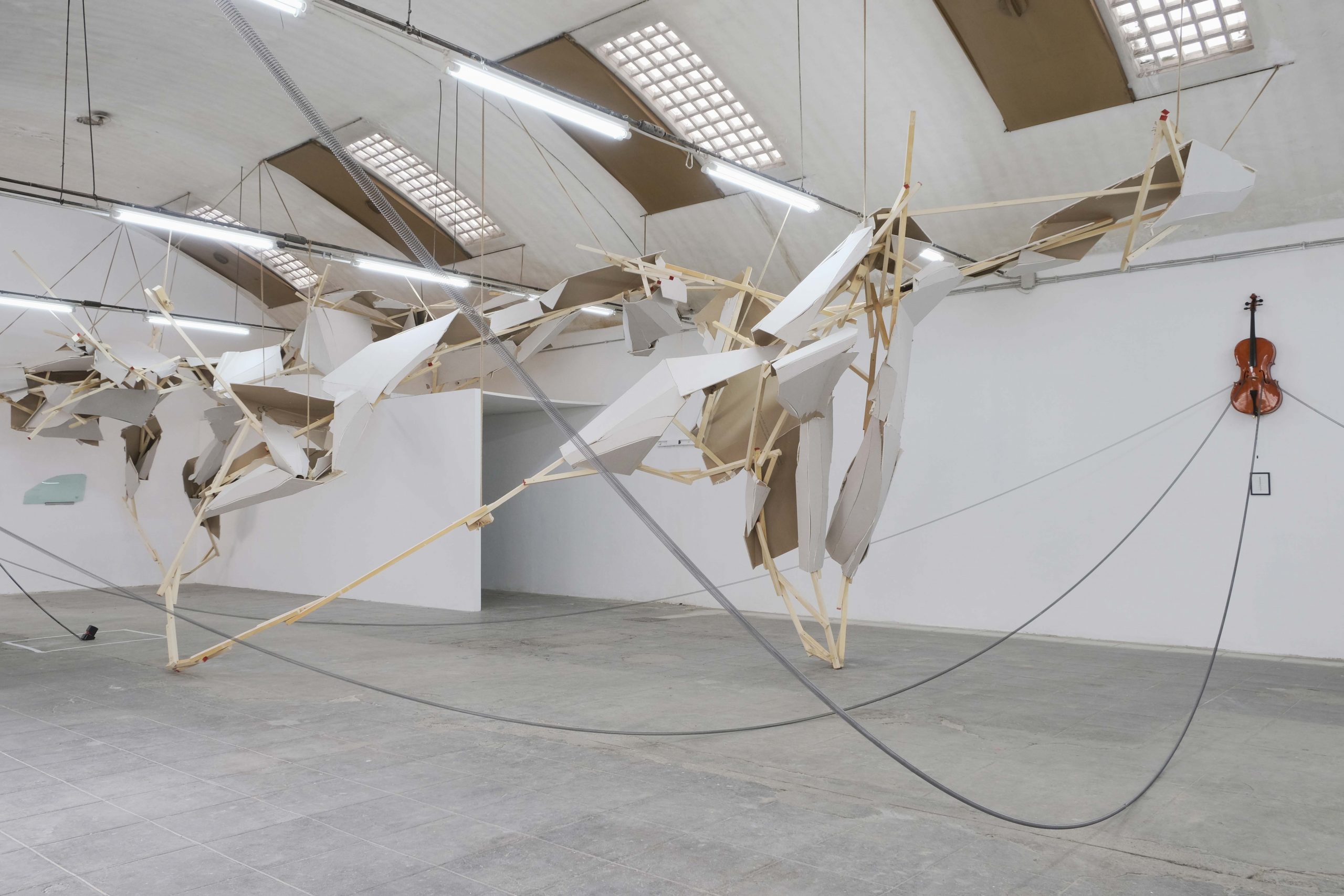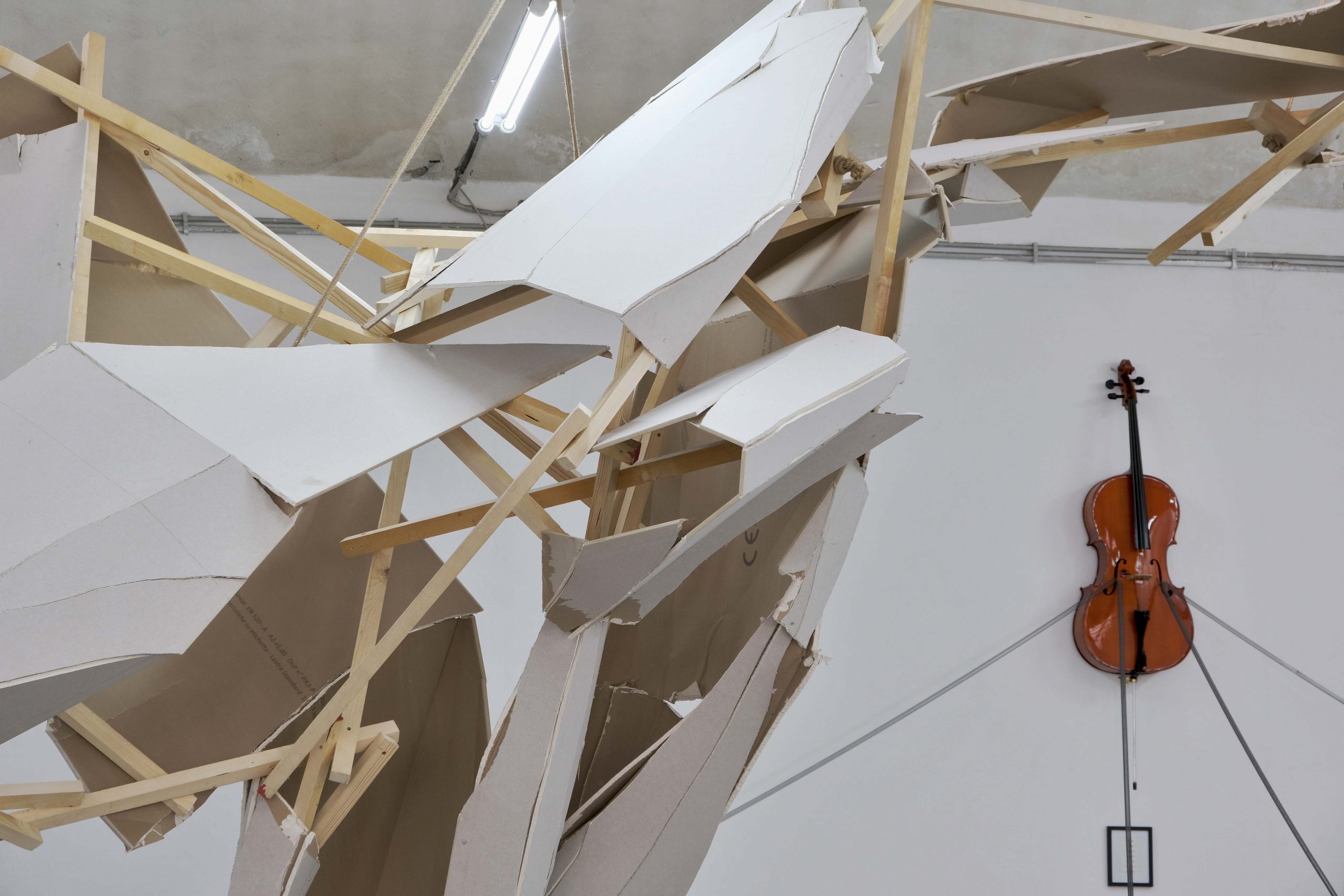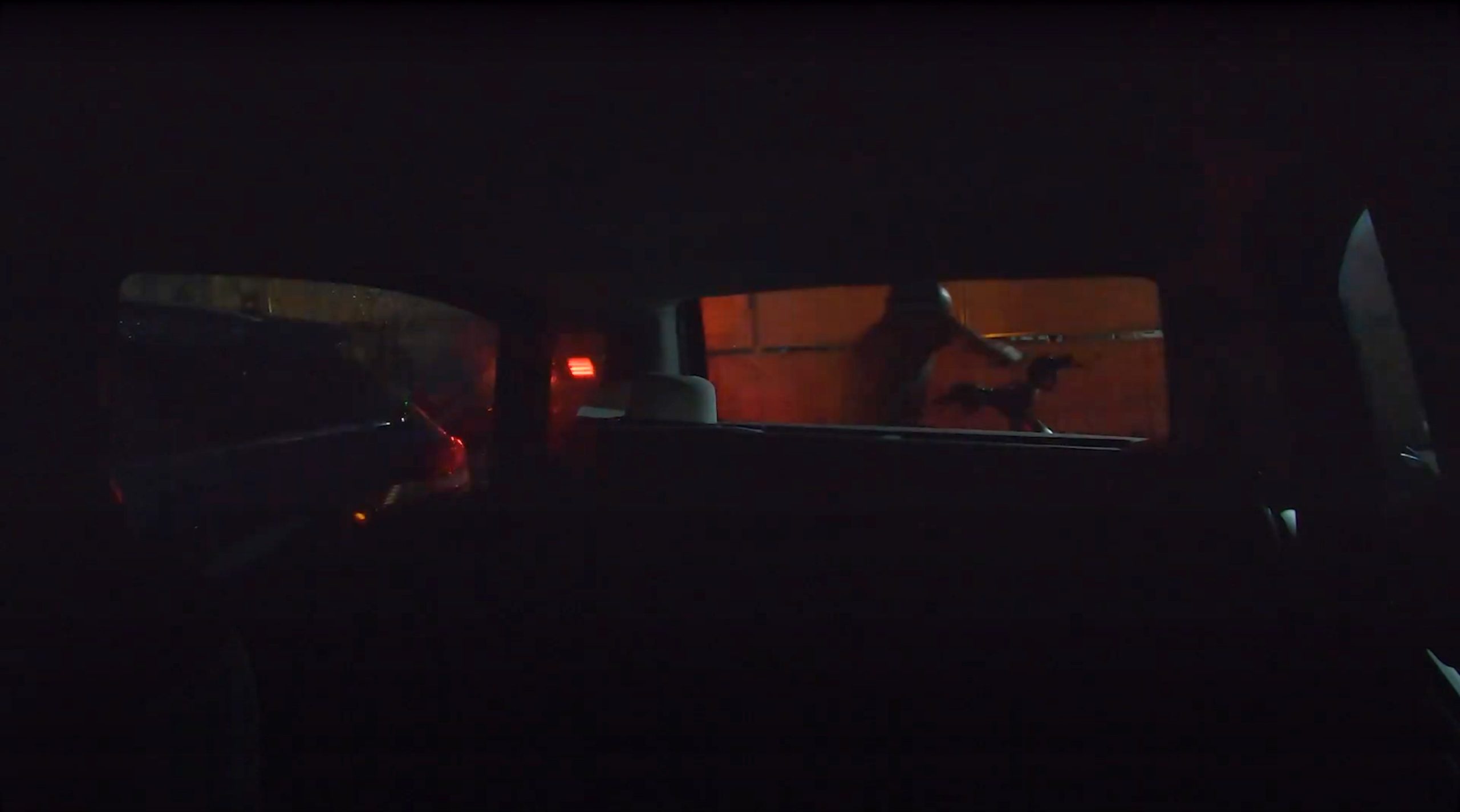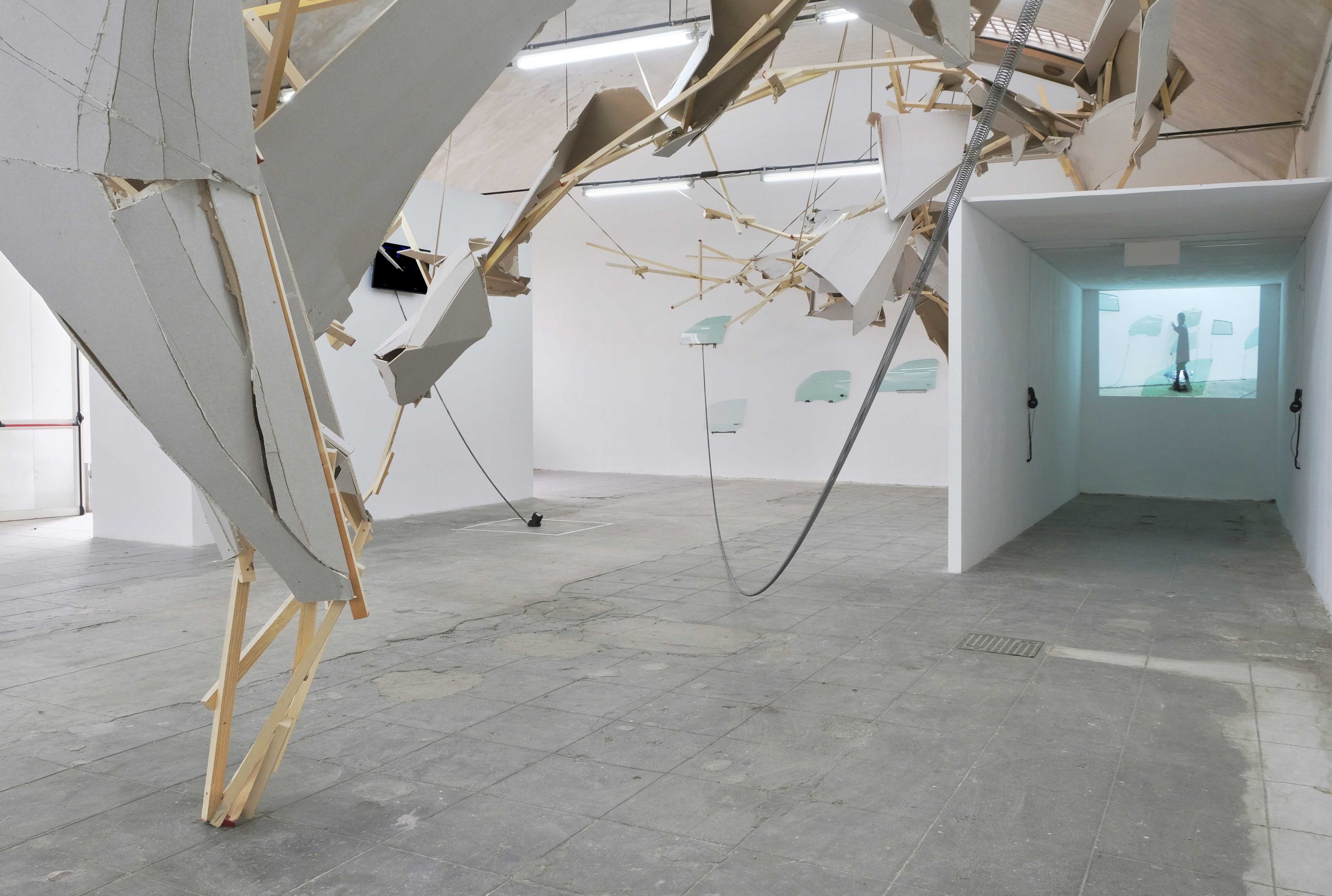BRECHEN
BRECHEN – Alessandro Librio & Evangelos Papadopoulos | Haus der Kunst, Cantieri Culturali alla Zisa, Palermo, Italy
Curator: Alessandro Pinto, Michael Kortländer
14.10 – 02.12.2023
Photography: Adriano la Licata, Evangelos Papadopoulos
BRECHEN | By Michael Kortländer, 2023
With the artists Alessandro Librio and Evangelos Papadololus, the association Düsseldorf Palermo e.V. continues its research into the languages, styles and nations of European and international contemporary art. On Saturday 14 October at 18:00, the association will present the exhibition „Brechen“ at the House of Art of the Cantieri Culturali della Zisa.
The project, which is scheduled to run until 2 December, brings together the two artists from different fields of visual art and invites them to reflect on the concept of „breaking“.
The act of breaking in order to use what has been destroyed as a starting point for a new and further-reaching beginning is not an uncommon practice in the artistic process and is often a necessary step. Breaking an object, a connection, a rule by pushing the artistic discourse to its limits and deviating from the norm in a creative, resistant and sometimes disobedient way.
One example of this is Alessandro Librio (Erice, 1982), sound artist, composer and visual artist, one of the most versatile of his generation. In his career, he has collaborated with the most important artists on the international scene, including Patti Smith, Michael Moore, David Murray, Wim Wenders and Alvin Curran, and has taken part in events such as the 54th Venice Biennale, the Italian Pavilion and Manifesta 12. He has travelled the world with his sound and spatial installations, which have been presented in renowned institutions from Turin to London, from New York to Tokyo.
For the Haus der Kunst, the artist has created a multimedia installation that continues his sonic and visual research into the city of Palermo.
This research began with „Il suono dei fiumi“ (2017), in which the artist brought to light the sound of a river landscape that no longer exists and has since been forgotten. It continued with „So’No“ (2022), his last installation work for Monte dei Pegni by Palazzo Branciforte.
This time, Librio deals with the darker and gloomier part of the city, which he describes with his multidisciplinary and synaesthetic approach by filming a burglary in the old town. He then breaks down the recorded sounds into their vibrations and transcribes the musical score and the images. The work is rounded off by a live sound performance that will remain permanent for the entire duration of the exhibition.
In dialogue with Librio’s multimedia work is the large-scale „site-specific installation“ by Evangelos Papadopoulos (Athens, 1974), a mining and metallurgical engineer who trained at the Kunsthochschule Münster in Germany after graduating from Athens. Since 2011, he has pursued an international career with significant honours, including the grant from the Ministry of Culture and Science of North Rhine-Westphalia, funding for the NRW project in collaboration with Daily Lazy Projects in Athens, a residency in Chongqing, China, as well as solo and group exhibitions in prestigious institutions and galleries in Europe and worldwide, including the Gartenpavillon Malkasten in Düsseldorf, the MOMus-Experimental Center for the Arts in Thessaloniki and the Organhaus in Chongqing, China, to name but a few.
Papadopoulos‘ site-specific works consist of iconic sculptures in which the artist unexpectedly unites the two fundamental tendencies of non-objective modernist sculpture: the geometric-constructivist concept of Cubism and Russian Constructivism up to Minimal Art, and the biomorphic concept represented by artists such as Hans Arp, Henry Moore or Tony Cragg.
With highly expressive forms that rise up in space like frozen vortices, his installations break through ceilings and walls or „flow“ like water, and thanks to the use of everyday materials such as plasterboard mounted on wooden support structures and fastened with steel cables or hemp cords, the artist creates constructions that respond to the surroundings, ceiling height, proportions and light of the rooms in the Haus der Kunst. In this way, he unites the different aesthetic and conceptual approaches of the two artists in a single large installation.
With the support of the City of Düsseldorf, the Düsseldorf Department of Culture and the Johanna Ey Stiftung i. G.





























